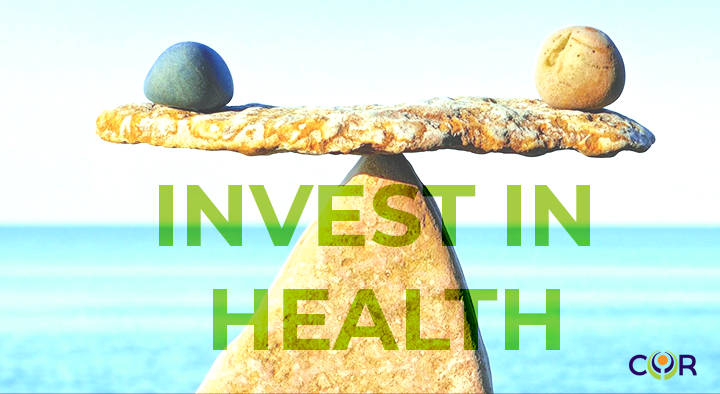In today’s fast-paced business world, CEOs face a multitude of challenges and responsibilities. Among the chief concerns is the company’s financial health, as profitability is a primary measure of success. However, a growing body of research and real-world examples demonstrate that CEOs should also consider the health and well-being of their employees as a crucial factor in achieving long-term success. Striking a balance between financial health and employee well-being can lead to numerous benefits for both the workforce and the bottom line.
The Weight of Employee Well-being
Improved Productivity and Engagement
- A study by Gallup found that highly engaged teams are 21% more profitable.1
- Employee engagement is closely tied to well-being, as happy and healthy employees tend to be more engaged in their work.
Reduced Turnover Costs
- The cost of replacing an employee can be up to 213% of their annual salary.2
- Prioritizing employee well-being can reduce turnover rates, saving both time and money.
Enhanced Company Reputation
- Companies that invest in their employees’ well-being are viewed more favorably by customers and potential employees.
- A strong reputation can lead to increased business opportunities and better talent acquisition.
The Financial Health Connection
Sustainable Growth
- Companies that prioritize employee health often experience sustainable long-term growth.
- Happy and healthy employees are more likely to innovate and contribute positively to the company’s overall success.
Cost Savings
- Healthier employees incur lower healthcare costs, reducing the financial burden on the organization.
- A study by Harvard Business Review found that for every dollar invested in employee wellness, companies saved an average of $6 in healthcare costs.3
Increased Profitability
- A study by PwC found that for every dollar spent on well-being programs, companies saw a return of $2.80 in benefits.4
- Employee well-being can positively impact the company’s financial bottom line.
Striking the Balance
CEOs must recognize the interconnectedness of financial health and employee well-being. Balancing both aspects requires a strategic approach:
- Invest in Employee Well-being: Implement wellness programs, mental health support, and work-life balance initiatives to promote employee health. There are prepacked systems you can use; however, every company is unique. Having a hands-on wellness organization assess your unique needs will deliver the specific results you are looking for and help uncover things you didn’t realize.
- Measure and Monitor: Using regular intervals collect employee feedback: on mood, stress levels, and overall job satisfaction. Then layer data and metrics to track the impact of well-being initiatives on employee engagement, turnover rates, and overall performance. Be sure to focus on high-stress seasons like performance reviews, holidays, or audits.
- Foster a Culture of Well-being: Create a workplace culture that values and supports employee well-being as a core element of the company’s identity. If you aren’t sure where to start, getting help from a wellness coach will get you going and help sustain the program.
- Set Clear Expectations: Communicate the importance of both financial success and employee health to the entire organization.
Conclusion
CEOs who prioritize both financial health and employee well-being are poised to reap the rewards of a more engaged, productive, and loyal workforce. By investing in the well-being of their employees, companies can achieve sustainable growth, reduce costs, and enhance their reputation in the marketplace. The path to success lies in striking a balance between the financial health of the organization and the health and well-being of its most valuable asset—its employees.
References:
- Gallup, “State of the Global Workplace,” 2017. ↩︎
- Center for American Progress, “There Are Significant Business Costs to Replacing Employees,” 2012. ↩︎
- Harvard Business Review, “What’s the Hard Return on Employee Wellness Programs?” 2010. ↩︎
- PwC, “Building the Case for Well-being,” 2018. ↩︎


